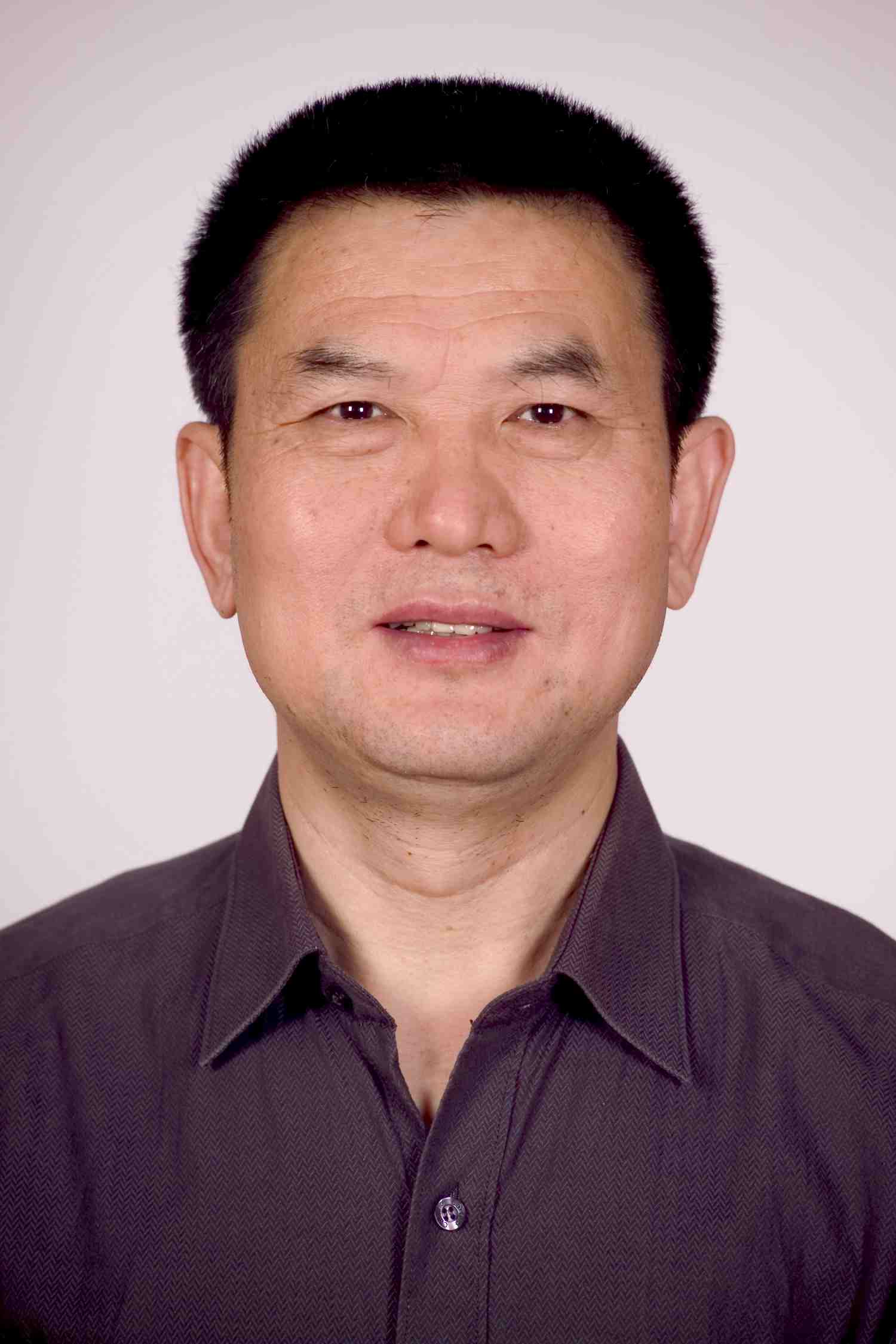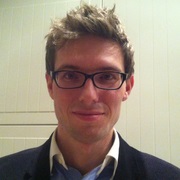General Information |
|
|
|
|
|
|
Conference |
|
|
|
|
Competition |
|
|
|
|
|
Local Information |
|
|
|
|
|
|
|
|
Keynote Speakers
The organizing committee of IMAV2016 is proud to present the following keynote addresses by four internationally renowned experts:
Speaker 1

|
Professor Bangkui Fan
Academician of Chinese Academy of Engineering
PLA General Staff Headquarters
Biography:
Bangkui Fan, is an academician of Chinese Academy of Engineering, an expert in the field of intelligence reconnaissance technology, the Executive Director of the Chinese Society for Optical Engineering, and the Director of the Science and Technology Committee of an Institute of the Headquarters of the General Staff (HGS). He was served as the Leader of the project expert group for the National 973 Program, and a member of theme expert group of the National 863 Program.
As one of the academic leaders of reconnaissance technology for Unmanned Aerial Vehicles (UAVs) in China, he successively directed the development of many reconnaissance UAVs, and conquered a number of key technologies such as reconnaissance systems modeling of UAVs, target real-time positioning, and so on. The related research results have participated in the military parades of the 60th Anniversary of National Day and the 70th Anniversary of the Victory of Anti-Japanese War. He has won 6 National Scientific and Technological Progress Awards, including a Grand Prize, a First Prize and 4 Second Prize, and has received the first prize of provincial and ministerial level scientific and technological progress awards 8 times. Moreover, he was authorized 15 invention patents, and published 4 monographs and more than 20 articles.
|
To be update
|
Speaker 2

|
Professor Guido de Croon
Delft University of Technology
Biography:
Guido de Croon received his M.Sc. and Ph.D. in the field of Artificial Intelligence at Maastricht University, the Netherlands. His research interest lies with computationally efficient algorithms for robot autonomy, with a particular focus on computer vision and evolutionary robotics. From 2011-2012 he worked as a Research Fellow in Artificial Intelligence at the European Space Agency. Since 2013, he is an assistant-professor at the Micro Air Vehicle lab of Delft University of Technology, the Netherlands.
|
Title:Efficient Artificial Intelligence for Micro Air Vehicles
|
ABSTRACT:
Micro Air Vehicles will only achieve their full potential if they can fly completely by themselves. This is an enormous challenge, since they are very restricted in terms of sensing, processing power, and memory. In my talk, I will first explain what consequences these restrictions have on the Artificial Intelligence necessary to make them autonomous. Subsequently I will delve into the way in which we can draw inspiration from general principles from biological intelligence to obtain an efficient form of AI suitable for MAVs. As a case study, I will discuss novel findings on how MAVs can land with the help of optical flow, which captures the way in which objects move through an image. Optical flow contains information such as the time it will take for an MAV to touch the landing surface, but in itself does not provide actual distance or velocity measurements. Since insects such as honeybees use optical flow for landing maneuvers, the general view is that they do not use distance or velocity estimates for landing. In my talk I will present a recently published theory that allows MAVs (and potentially insects) to perceive distance and hence velocity by means of oncoming instability of the optical flow control loop. I will show how this allows them to make high-performance optical flow landings without having to rely on additional sensors such as sonar or accelerometers.
Link to article that is the subject of the talk:http://iopscience.iop.org/article/10.1088/1748-3190/11/1/016004/meta
Speaker 3

|
Professor Jean-Marc Moschettan
ISAE-SUPAERO, Toulouse, France
Biography:
Jean-Marc Moschetta graduated from ISAE-SUPAERO in 1987 and obtained his PhD degree in Aerodynamics in 1991. Since 2000, he has been a full professor of Aerodynamics at ISAE-SUPAERO and a consultant at ONERA. From 2001, he organized or co-organized several MAV conferences and will host next year edition in Toulouse, France. He is currently the head of the UAV program at ISAE-SUPAERO and director of the MAV Research Center, a French research network on MAVs, which fosters a dozen research laboratories in the South West of France. Jean-Marc Moschetta has published numerous papers on the design and the aerodynamics of MAVs and is currently a member of the editorial board for the International Journal of MAVs.
|
Title:On the design of quiet ultra-long endurance micro-UAVs
Miniaturizing UAVs is an important issue in view of reducing the logistic footprint required to operate unmanned aerial systems (UAS). Developing autonomous smaller vehicles would open the way to UAV swarming and would allow for cheaper, or even disposable flying vehicles. However, downscaling UAVs still faces the problem of limited endurance because of the energy density required by the propulsion set. The presentation will be given in two parts. The first part will address the issue of designing electrically-powered rotary-wing or fixed-wing microdrones in order to maximize their endurance under additional constraints (climb rate, minimal speed, hover flight). The design process will include the case of convertible MAVs capable of flying in airplane or helicopter modes. Special emphasis will be put on the optimization method as applied to maximizing the propulsive efficiency and minimizing the acoustic signature of MAV rotors. New quiet rotor blade geometries will be presented and discussed. The second part of the presentation will be devoted to the topic of extracting energy by dynamic soaring for ultra long-endurance MAVs. Because micro-UAVs usually fly at low speeds, their cruise speed is of the same order of magnitude than atmospheric perturbations. The idea is to benefit from the energy contained in the perturbed atmosphere by following specific trajectories as inspired by the observation of the Albatross flight. Yet, as opposed to natural flyers, UAVs can be powered so as to allow for thrust-augmented dynamic soaring which can lead to a drastic growth of the UAV flight range. Several examples of closed-loop or open-loop energy-harvesting trajectories will be given and compared to straight line trajectories. Recent results will be presented on the special case of down-the-hill dynamic soaring with the prospect of performing regenerative soaring with in-flight battery charging through propeller windmilling.
|
|



